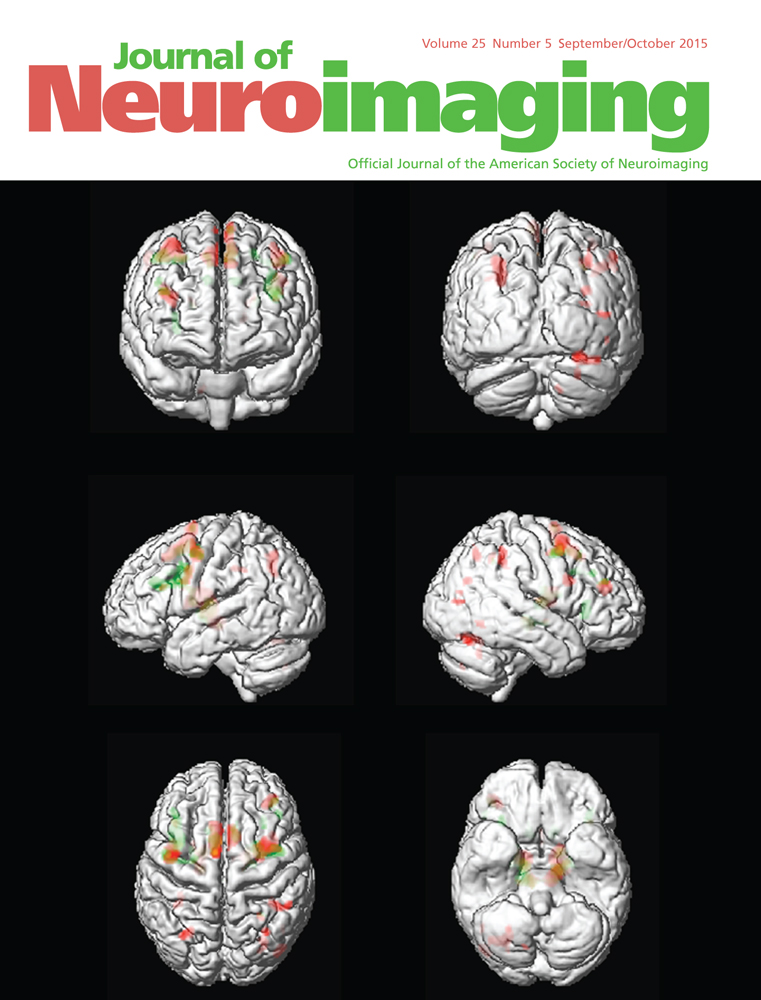Dynamic Contrast-Enhanced Perfusion MRI and Diffusion-Weighted Imaging in Grading of Gliomas
ABSTRACT
PURPOSE
Accurate glioma grading is crucial for treatment planning and predicting prognosis. We performed a quantitative volumetric analysis to assess the diagnostic accuracy of histogram analysis of diffusion-weighted imaging (DWI) and dynamic contrast-enhanced (DCE) T1-weighted perfusion imaging in the preoperative evaluation of gliomas.
METHODS
Sixty-three consecutive patients with pathologically confirmed gliomas who underwent baseline DWI and DCE-MRI were enrolled. The patients were classified by histopathology according to tumor grade: 20 low-grade gliomas (grade II) and 43 high-grade gliomas (grades III and IV). Volumes-of-interest were calculated and transferred to DCE perfusion and apparent diffusion coefficient (ADC) maps. Histogram analysis was performed to determine mean and maximum values for Vp and Ktrans, and mean and minimum values for ADC. Comparisons between high-grade and low-grade gliomas, and between grades II, III, and IV, were performed. A Mann-Whitney U test at a significance level of corrected P ≤ .01 was used to assess differences.
RESULTS
All perfusion parameters could differentiate between high-grade and low-grade gliomas (P < .001) and between grades II and IV, grades II and III, and grades III and IV. Significant differences in minimum ADC were also found (P < .01). Mean ADC only differed significantly between high and low grades and grades II and IV (P < .01). There were no differences between grades II and III (P = .1) and grades III and IV (P = .71).
CONCLUSION
When derived from whole-tumor histogram analysis, DCE-MRI perfusion parameters performed better than ADC in noninvasively discriminating low- from high-grade gliomas.




